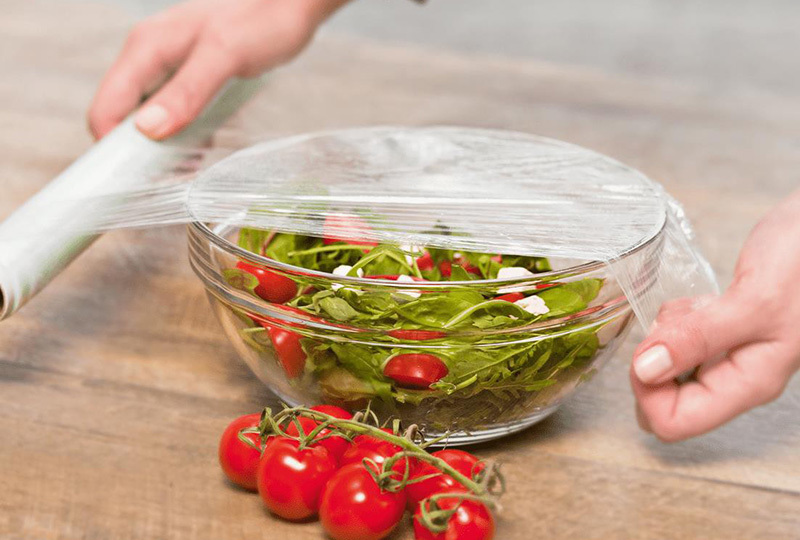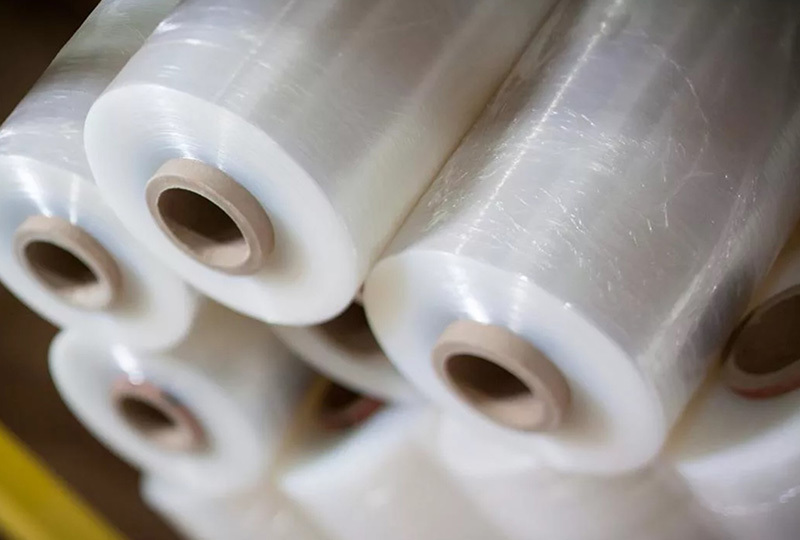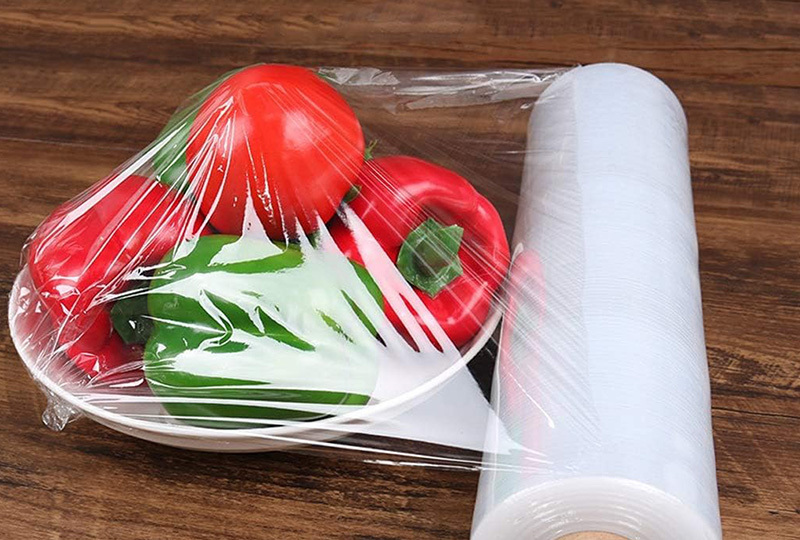Understanding the Benefits of Cling Film for Packaging in the Kitchen
Release time:
Apr 02,2025
Cling film, often referred to as plastic wrap or food wrap, is a versatile packaging material widely used in kitchens around the world. Its primary purpose is to keep food fresh and protected from external elements. One of the most significant benefits of cling film for packaging is its ability to create an airtight seal, which helps to prevent moisture loss and exposure to air. This is crucial fo
Cling film, often referred to as plastic wrap or food wrap, is a versatile packaging material widely used in kitchens around the world. Its primary purpose is to keep food fresh and protected from external elements. One of the most significant benefits of cling film for packaging is its ability to create an airtight seal, which helps to prevent moisture loss and exposure to air. This is crucial for maintaining the quality and flavor of various food items, whether they are leftovers, fresh produce, or marinated meats.
In addition to preserving freshness, cling film plays a vital role in preventing cross-contamination. By wrapping food securely, it minimizes the risk of bacteria transfer between raw and cooked foods, helping maintain food safety standards in both home kitchens and professional environments. This feature is particularly important in today’s culinary world, where food hygiene is a top priority.
Cling film is also incredibly user-friendly. It can be easily torn to size, allowing for custom wrapping of items of various shapes and sizes. Its transparent nature enables users to see the contents without unwrapping, making it a practical choice for organizing your refrigerator or pantry. Moreover, cling film is indeed lightweight and occupies minimal storage space, making it a convenient choice for both domestic kitchens and commercial establishments.
Beyond food storage, cling film finds multiple uses in the kitchen. It can be employed to cover bowls of dough while they rise, to keep herbs fresh, or even to protect surfaces when working with sticky substances. This multifunctionality makes it an invaluable tool for any culinary professional or home cook looking to streamline their food preparation and storage process.
However, it is essential to note that cling film is typically made from polyvinyl chloride (PVC) or polyethylene (PE). When choosing cling film for your packaging needs, consider options that are labeled as food-safe and suitable for the specific items you intend to wrap. Additionally, it is advisable to avoid using cling film in high-heat environments, such as microwaves or ovens, unless it is specifically designed for such applications.
In conclusion, cling film for packaging is an indispensable tool in kitchens, offering benefits that extend beyond mere food preservation. Its ability to keep food fresh, enhance safety by preventing contamination, and its user-friendly characteristics make it a go-to solution for culinary professionals and home cooks alike. Embracing the versatility of cling film can significantly improve your food storage and preparation processes, ensuring that every meal is a delightful experience.
Related News
What are the characteristics of PVC fresh-keeping film for food preservation
Can PVC plastic wrap be heated in a microwave oven?
What is the difference between PVC cling film and PE cling film
The choice of PVC cling film need to pay attention to what






